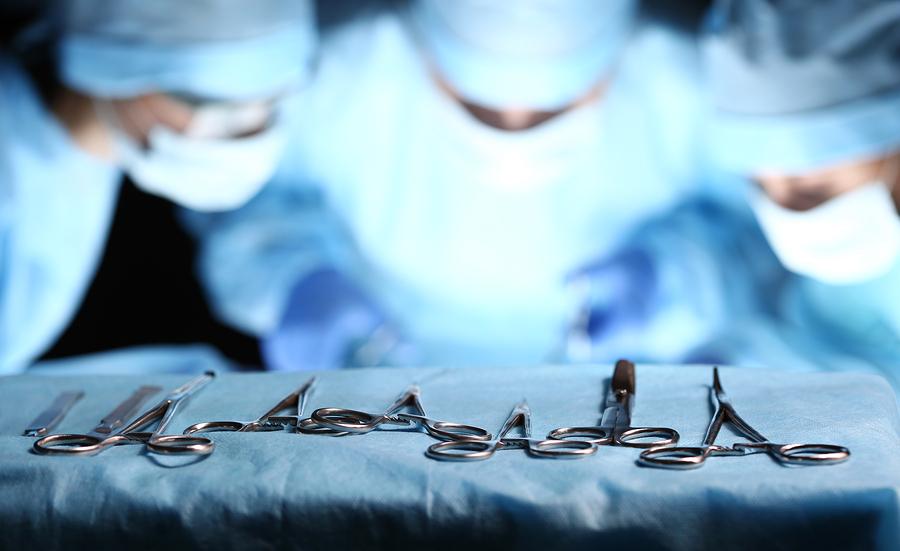In July of 2014, Dr Vincent Fiere, MD, performed the very first spinal fusion surgery using 3D printed spine cages! This was a breakthrough in the world of orthopedic medicine, and we are going to talk more about it today!
The Hospital Jean Mermoz in Lyon was the location for this ground-breaking surgery and it is a hospital that specializes in the diagnosis and treatment of spinal deformities. The device used for the surgery was developed by MEDICREA group in the months preceding the surgery.
3D Printing
A 3D digital file made from the extraction of scanner images was used to create the device. It was a moment in medical history which set the precedent for other implantable devices to be used during surgery.
The potential for this was known to be huge because these artificial devices can be printed on titanium or polymers that are safe to be inserted into the body. In fact, it is feasible that a wide range of practical materials could be used for this kind of printing.
In the year after Dr Vincent’s surgery, the idea that 3D printing could fundamentally change the face of orthopedic medicine became even more prominent.
Innovations in Technology
3D printing is referred to as an additive process in the sense that creates an object using layering techniques. Many orthopedic procedures are referred to as subtractive processes where excess material is carved away.
Although this kind of technology has been around for a couple of decades, it has only recently become a possibility due to lowered costs and new innovation.
3D Potential and Surgery
A handful of surgeons are now using 3D printing to develop plastic parts in order to better treat certain deformities and to better visualize fractures.
The ongoing potential of 3D printing was explained recently at the American Academy of Orthopedic Surgeons Annual Meeting by Rick Papendrea, MD. Dr Papandrea presented a cost effective way to implement this technology into popular practice.
Surgeons would be able to use the 3D model for planning their approach to surgery and it can also be used in the operating room for guidance after sterilisation. Dr Papendrea also explained during his presentation how the 3D technology could, in some instances, disrupt the need for computer guided systems for surgery.
The Future
There are still some regulatory issues to be overcome before this technology can be used more widely in hospitals to produce parts as and when they are needed. This would mean fantastic things for the future of medicine and the quality of patient care throughout the country and the world.
References
Related Posts
Cigarettes May Inhibit Inflammation Treatments
Axial spondyloarthritis, also known as AxSpa, is a chronic…








